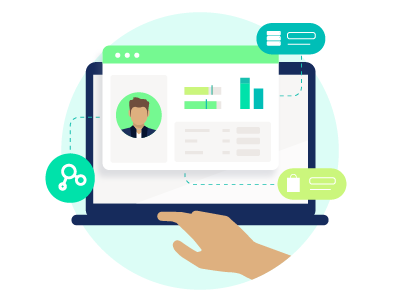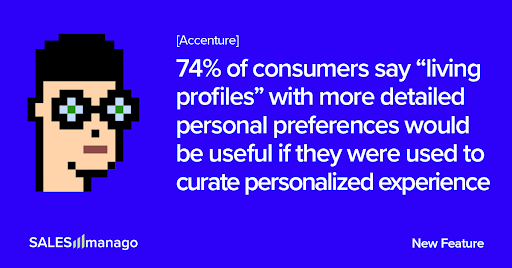How to Choose a B2B Customer Data Platform: Better Segments, Better Activation, Better Decisions
April 28, 2022In the last three blogs we discussed how to get your data together to fuel great buyer profiles and then how to use AI/ML-driven identity resolution to match incoming leads and changing buying signals with each of the profiles. Now let’s look at how to turn those profiles into actionable segments to drive your business.
What makes a segment more “closeable”? We believe that the best segment strategy starts first with two things — coverage and context. Do your segments start with your Total Addressable Market and cover its entirety? And are each of the TAM segments then divided into Buyer Profiles from your Ideal Buyer Profile? If done well, you’ll have precise segments that you can further hone-in on over time with activation, engagement and other account or buyer personalization like products owned, industry or use case context, etc. Finally, it’s important to understand which sub segments perform the best and may show intent or better conversion. Once you have effective segments, it’s time to activate, score, route and alert.
Most of us who grew up in direct marketing were told that the list is one of the most important ingredients of a successful campaign. And the truth is that creating a segment or list for a campaign is pretty much driven almost entirely by a campaign manager’s gut instinct. In recent years we’ve added intent to the process, which is important, but we’ve seen that it typically only adds a couple of percentage points in upping the odds of creating closeable demand. The most important buying signals come from understanding the types of buyers who your team has successfully sold to, how to recognize them and classify incoming leads into A, B, C or D categories.
Once the classification of incoming demand is done, making campaign activation quick and easy is a big part of streamlining your customer journey and improving your customer experience. By implementing a Customer Data Platform (CDP), companies can enable their sales & marketing teams to create smart segments and automatically activate them across numerous channels — all in the same tool. Furthermore, with a CDP you can receive automatic alerts about campaign performances that enable you to further direct the right campaigns towards the right leads at the right time.
In Forrester’s evaluation of 14 leading B2B CDP companies, Forrester considers several factors to compare each CDP’s Activation & Alerts capabilities. They wanted to know if the solution enables users to identify and create audiences and perform segmentation for activation, which channels they can deliver an audience for activation (email, advertising, sales, social, direct mail, etc.), if the solution ranks or scores accounts, contacts, and buying groups to prioritize activation, and whether segments or audiences are dynamic. Next, they looked at how each solution notifies or alerts sales & marketing teams about significant activity or behavior involving a target account, buying group, contact, audience, or segment.
Some features of a leading activation and alerting framework include:
- Users can build account segments based on firmo (geo, industry, size, revenue, etc.), look-alike modeling, predictive fit/intent scores, and install base technologies together with 1st party attributes – at all hierarchy levels.
- Users can expand account segments with priority contacts using targeted personas and any contact attribute. Once created, segments can be updated via workflows.
- Data-agnostic segmentation is possible, creating a unified database of first-party data combined with embedded data and other third-party data sets clients have already licensed.
- The ability to ingest first-party data and enable it as criteria for granular, focused targeting and segmentation purposes, e.g., to target accounts that score high for intent and predictive fit that exist within a specific territory/geography.
- Users can directly activate these segments/audiences in CRM, MAP, sales enablement, and digital ads via direct integrations or platforms like LiveRamp.
To summarize, implementing the right CDP solution can facilitate and improve your sales & marketing campaigns through seamless Activation & Alerts processes. To learn more about the benefits of implementing a CDP, and to see how each B2B CDP compares in all 10 evaluated categories (and is ranked overall in the Forrester Wave), check out The Forrester New Wave™: B2B Standalone CDPs, Q4, 2021. Accelerate the activation of your sales & marketing campaigns and improve their success rates by implementing the right CDP solution – find out which is the right one for you by checking out The Forrester New Wave!


